Architectural innovations to water shortage in arid zones – effects of global warming
Designing Against Drought in arid regions, where water is scarce and extreme climates pose challenges, architects and designers are now developing ingenious techniques to address water scarcity. | Water shortage
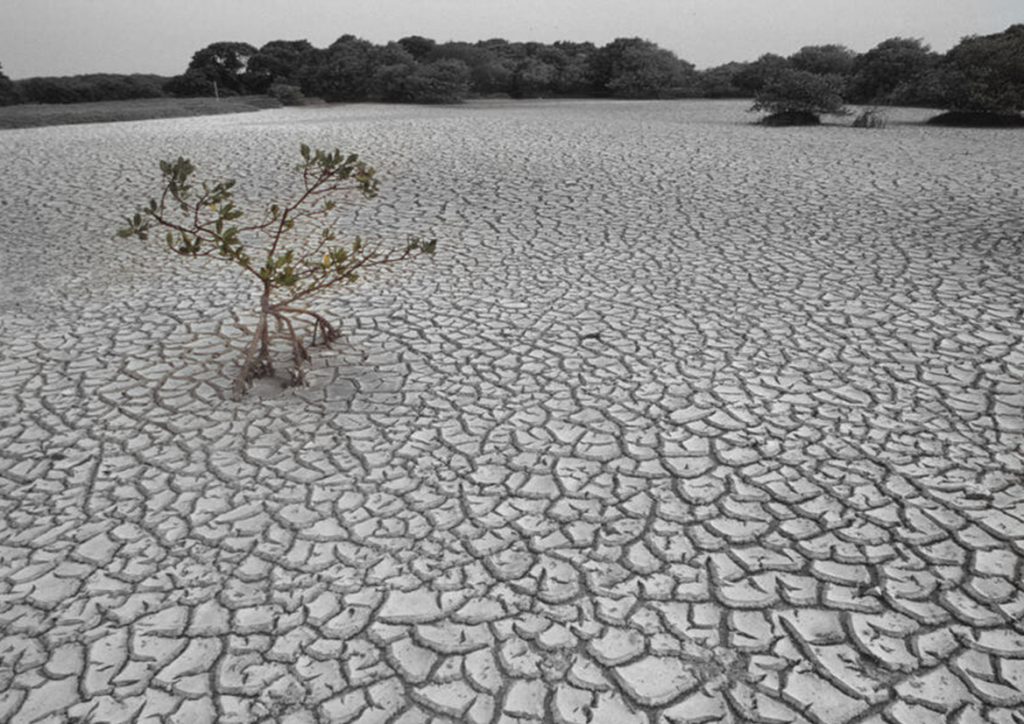

Image source: Water_Scarcity_8.7.2012_Overview_Image_HI_53628.jpg | Photos | WWF (worldwildlife.org) |
Here are some iconic examples – designing against drought & water shortage.
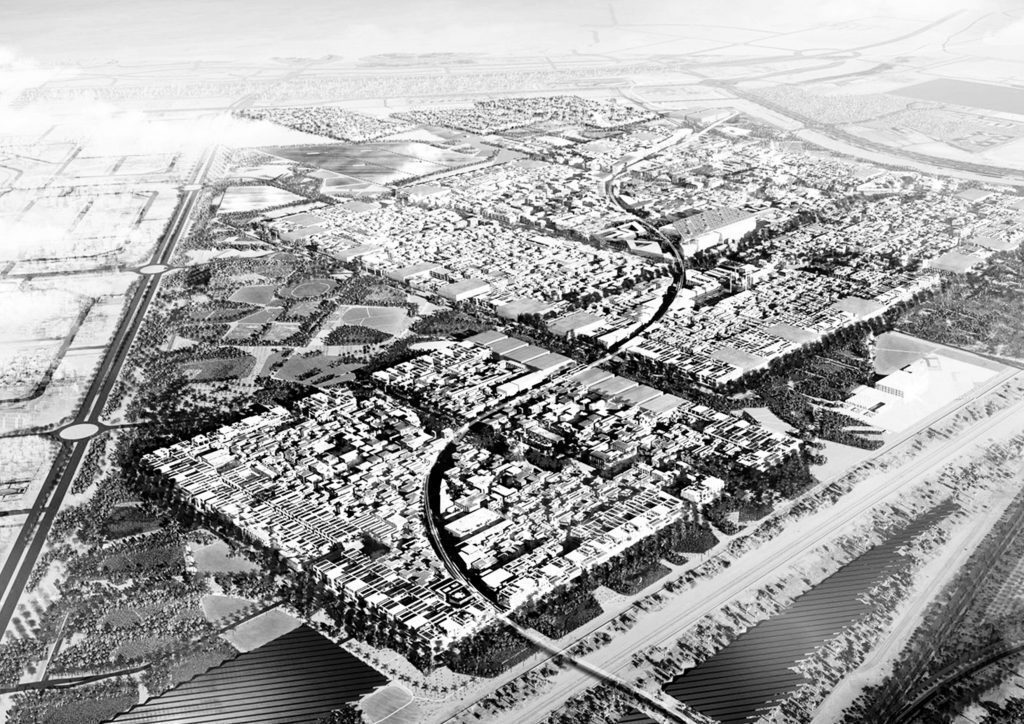
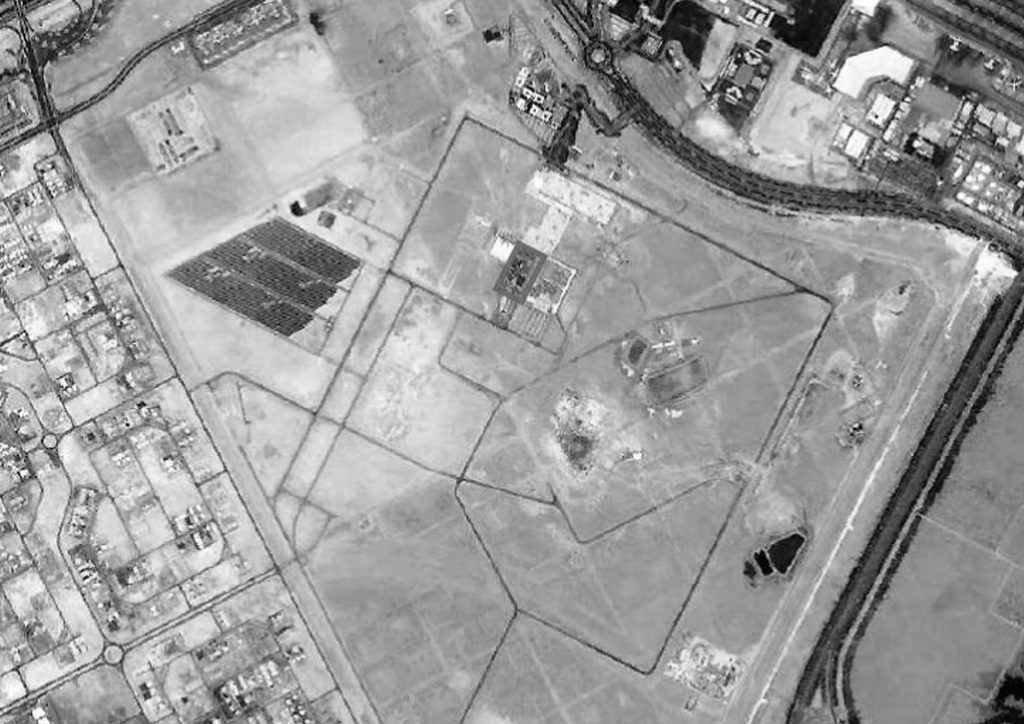
Image source: Masdar City, Abu Dhabi – Norman Foster | Arquitectura Viva
Masdar City, United Arab Emirates
Masdar City aims to be a zero-carbon, zero-waste development. It incorporates traditional Arab water management techniques, such as wind towers for passive cooling. The city collects rainwater and utilizes desalination technology for water recycling.
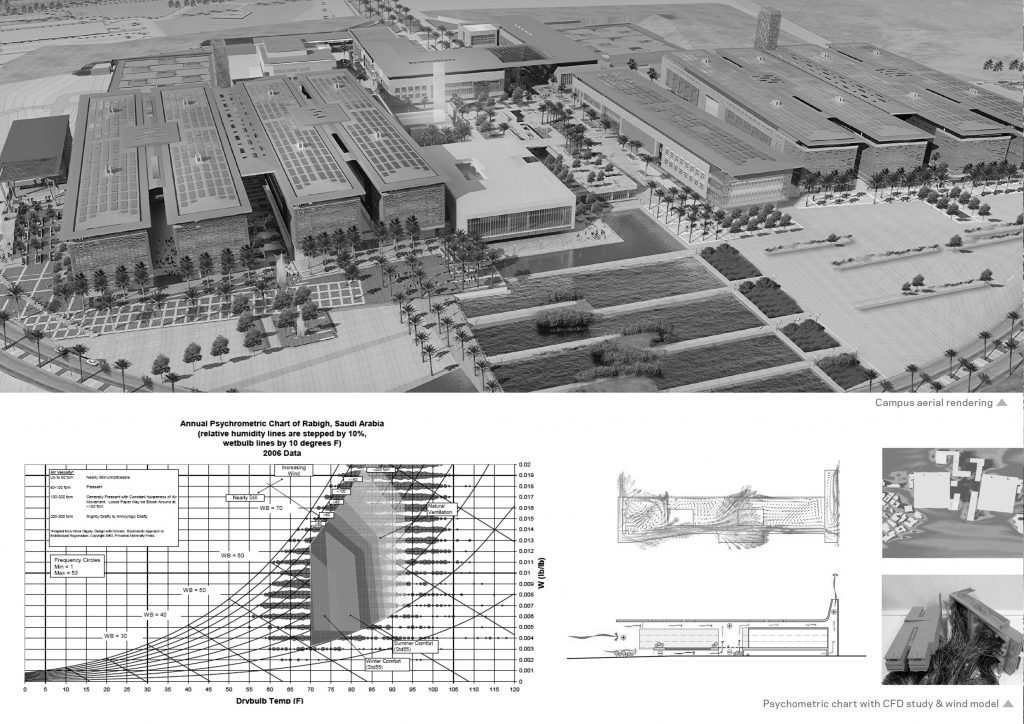
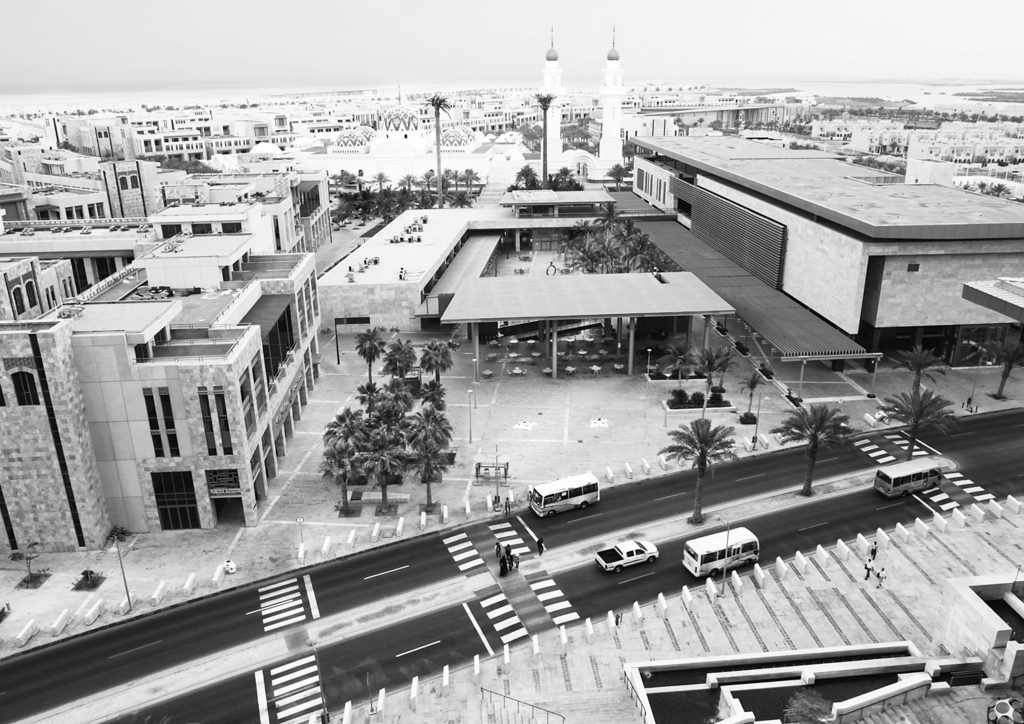
Image source: Idea 113442: King Abdullah University of Science and Technology (KAUST) by HOK in Thuwal, Saudi Arabia (architizer.com) | services-overview.jpg (1500×1002) (kaust.edu.sa)
King Abdullah University of Science and Technology (KAUST), Saudi Arabia: KAUST
Located in a desert environment, operates its Seawater Reverse Osmosis Desalination Plant. A water channel runs through the central pedestrian route, providing cooling and meeting all water needs on campus.
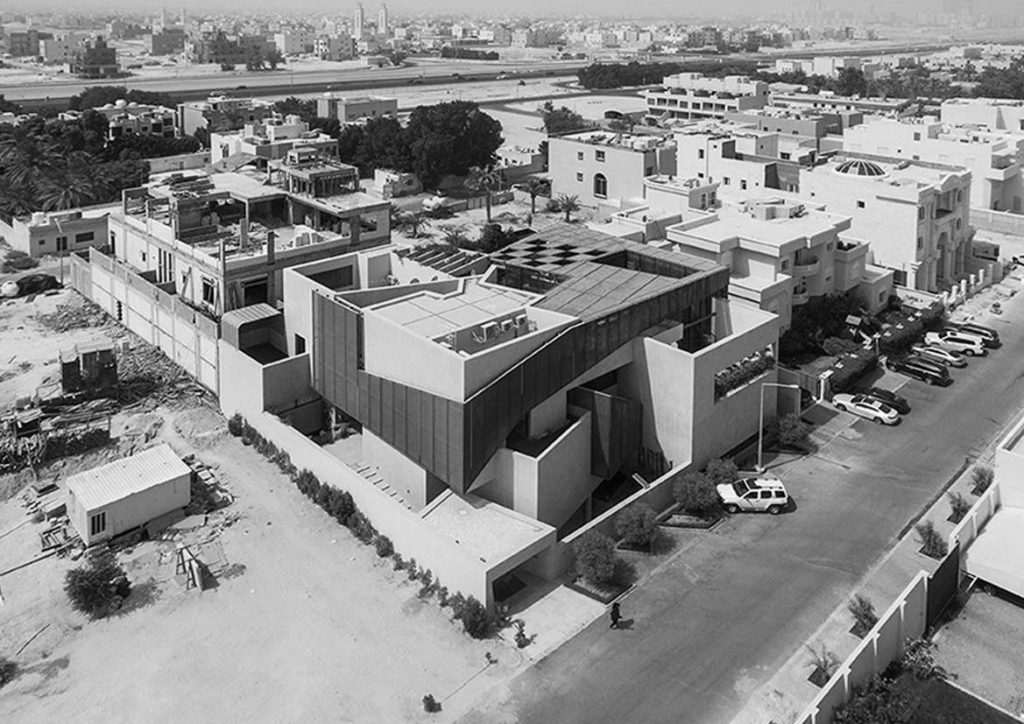
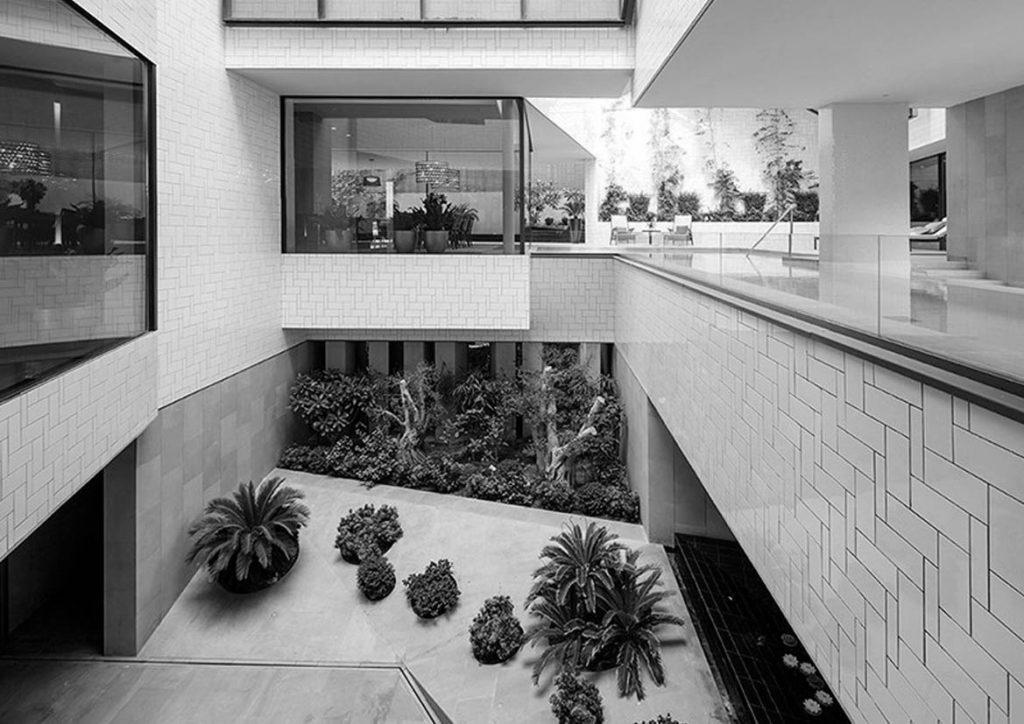
Image source: AGi architects integrates three gardens inside kuwaiti home (designboom.com)
The Three Gardens House, Kuwait
This house cleverly uses water and levelling to create an outdoor oasis. A wet garden on the ground floor cools the main social areas throughout the year.
These examples showcase how sustainable architecture can harmonize with arid environments while conserving precious water resources.
The following is a list of strategies we must employ, for designing against drought, for future projects:
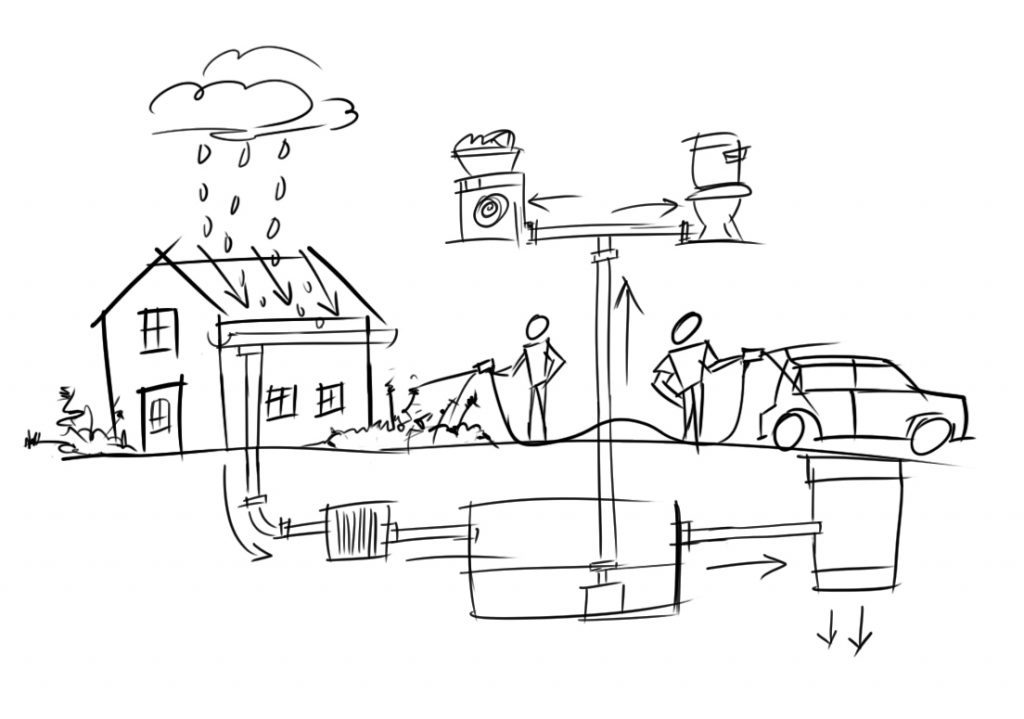
Rainwater Harvesting:
Designing buildings with systems to collect rainwater is a forward-thinking approach to sustainable architecture. This harvested water can be used for irrigation, flushing toilets, or other non-potable purposes, reducing the demand on municipal water supplies and promoting conservation. These systems often include features like rooftop catchments, storage tanks, and filtration systems to ensure the collected water is clean and safe for its intended uses. By integrating rainwater harvesting into building designs, we not only reduce water bills but also contribute to a more resilient infrastructure capable of withstanding droughts and water shortages.
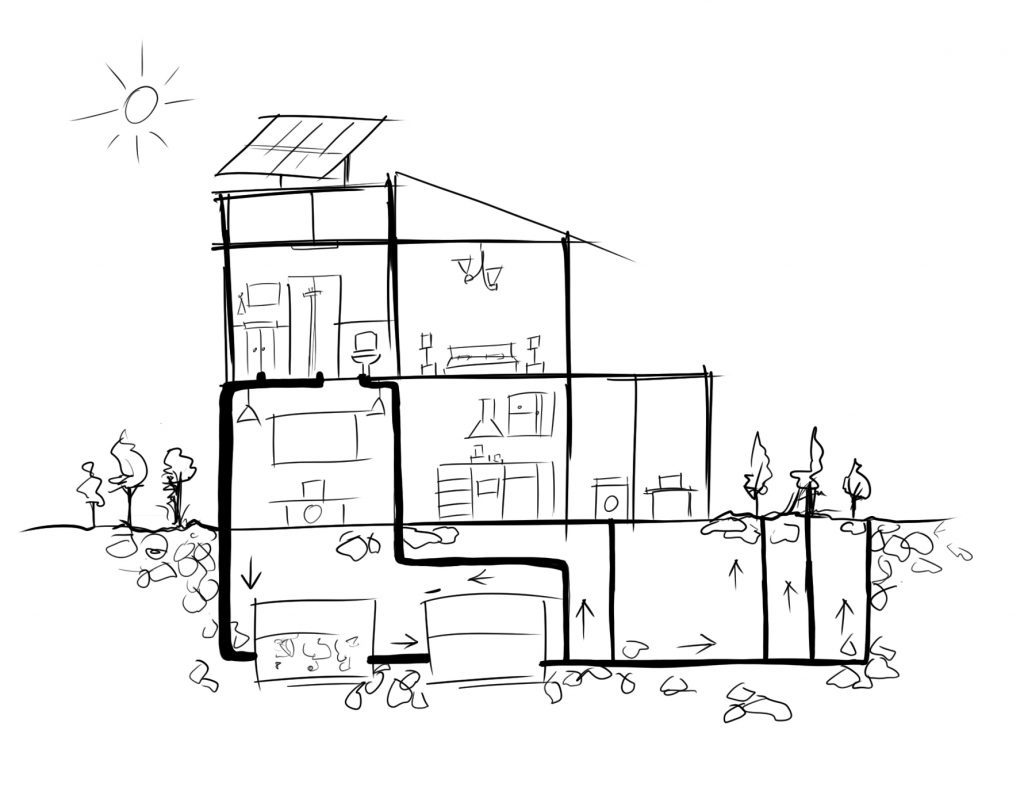
Greywater Recycling:
Buildings must incorporate greywater recycling systems. Greywater (from sinks, showers, and laundry) is treated and reused for non-drinking purposes, reducing overall water demand. By recycling greywater, buildings can significantly lower their fresh water consumption, thereby easing the strain on municipal water supplies and reducing utility costs. Moreover, greywater systems can be coupled with rainwater harvesting to further enhance water conservation efforts. This integration not only contributes to environmental sustainability but also promotes responsible water management practices in both residential and commercial buildings.
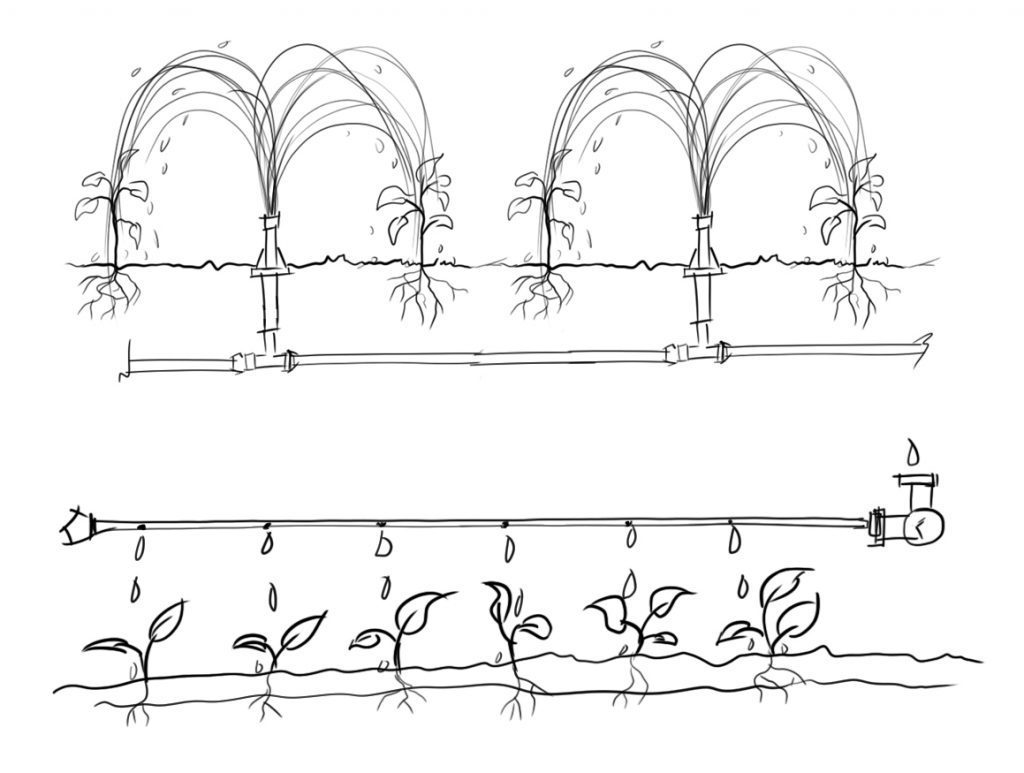
Efficient Irrigation:
Prioritize efficient irrigation methods, such as drip irrigation, to minimize water wastage in green spaces, ensuring that water is delivered directly to the plant roots where it is needed the most. This not only conserves water but also promotes healthier plant growth, reduces weed proliferation, and decreases the risk of soil erosion. By implementing advanced irrigation technologies, maintenance costs can be lowered, and resources can be used more sustainably, contributing to overall environmental conservation efforts.
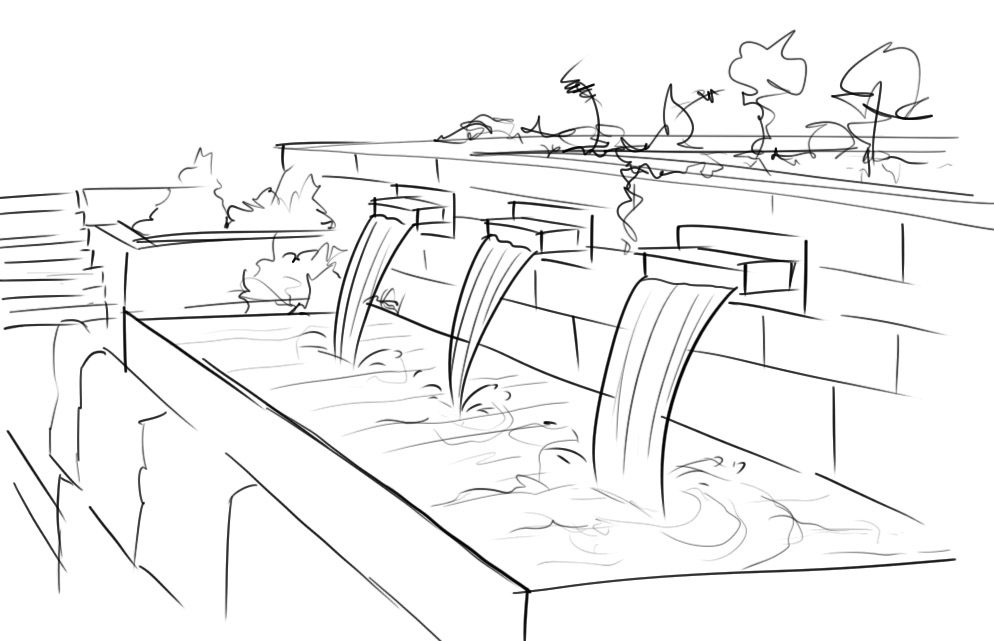
Visible Water Features:
Integrating visible water features within structures enhances aesthetics while promoting water awareness. Fountains, reflecting pools, and water walls serve dual purposes. Not only do they add a serene, calming effect to the environment, but they also provide an educational element about the importance of water in our ecosystems. These features can act as natural air coolers, improve the microclimate, and even reduce noise pollution, offering both environmental and sensory benefits. Further, incorporating such elements can elevate the overall ambiance, making spaces more inviting and harmonious.
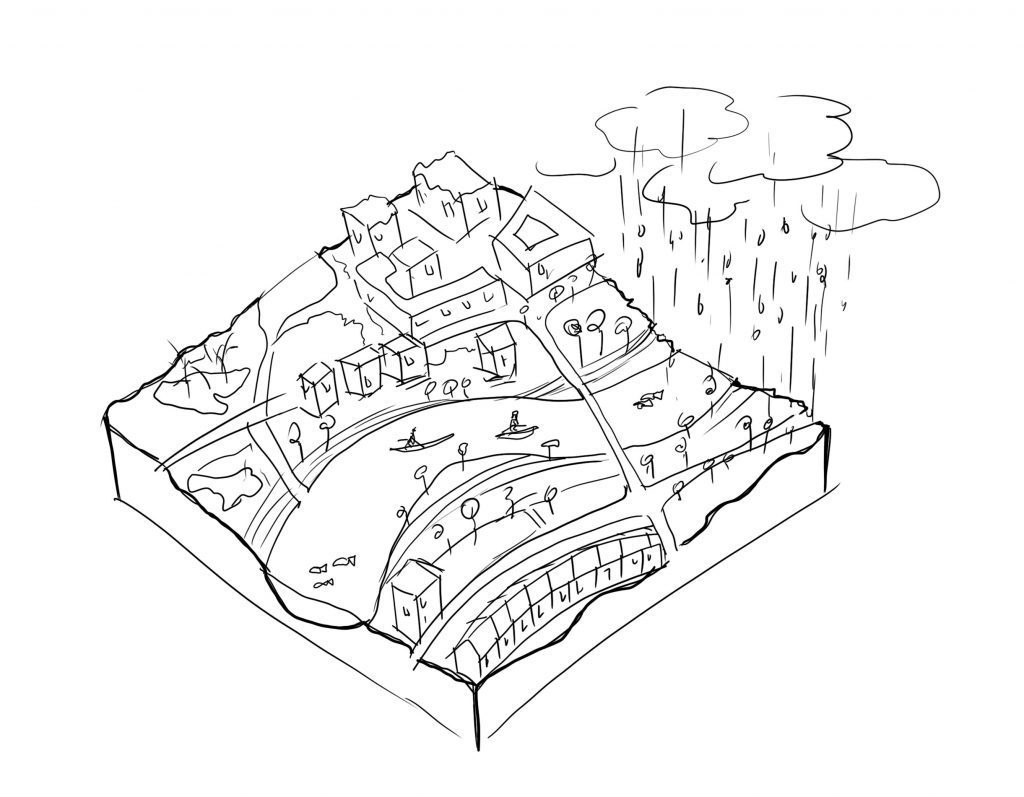
Blue-Green Corridors:
By creating blue-green corridors—natural waterways and green spaces— we can manage stormwater runoff, reduce flooding, and enhance urban biodiversity. These corridors not only help in regulating water flow but also provide habitats for various species, promoting ecological balance within urban areas. Additionally, they offer recreational spaces for city residents, improve air quality by filtering pollutants, and mitigate the urban heat island effect. The integration of such natural elements into city planning fosters a healthier, more resilient environment that benefits both people and wildlife.
By embracing these principles, we can contribute to sustainable water management and resilient urban environments.
